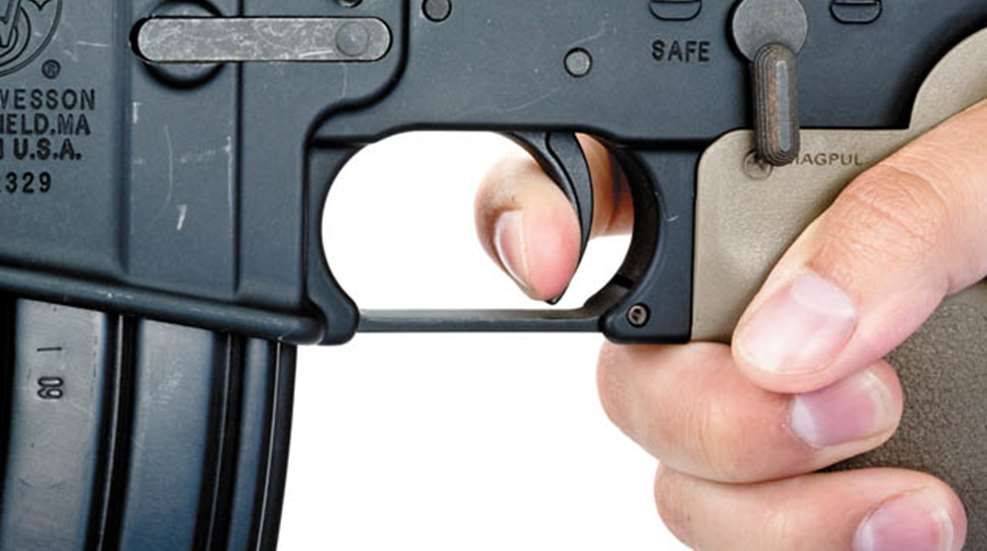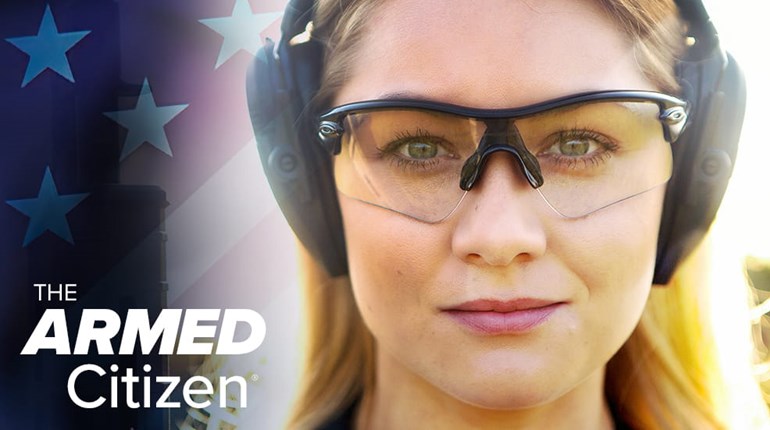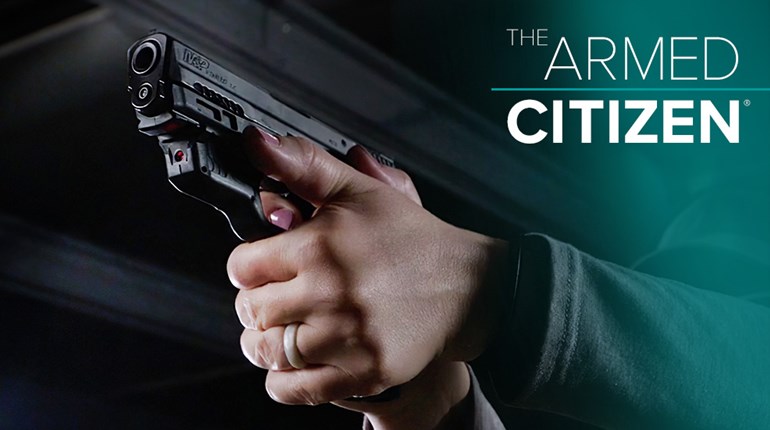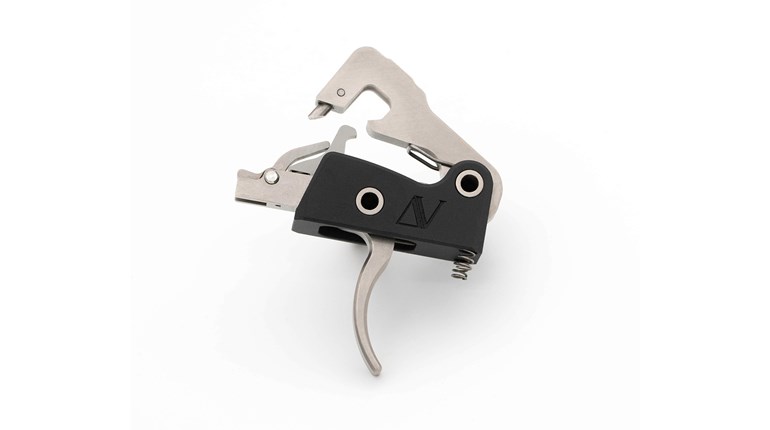
Let's see, how can I put this in a way that will not offend firearms instructors and gunwriters who have been preaching this nonsense forever—I can't. It's simply bad information that's about as useful as stuff coming from the north end of a southbound mule.
The last thing you want when you are shooting is to be surprised when the gun goes off. You want to know the exact moment it will go bang and you want control that moment down to the smallest millisecond. The only shot that should ever surprise you is the one someone else fires. The secret to accurate shooting is making the gun go off at the precise moment the sights are aligned.
There is only one way to do this and it's called practice. When you practice, you don't want to practice being surprised, you want to rehearse controlling the trigger to work in concert with your eyes. Essentially, your eyes pull the trigger. Now, having said that, when you are learning a trigger, you pull it slowly until the gun fires. The bang or click might surprise you, but what you learn is the trigger, not to be surprised when it breaks.
Dry fire, dry fire, dry fire! That's how you learn a trigger, that's how you learn to control a trigger and that's how you learn to fire a gun at exactly the precise moment you want to. Some triggers are so bad, you will always be surprised when the gun goes off. Don't learn to accept the surprise—the cure is to get the trigger fixed.
When you're on the witness stand and the prosecutor asks how you were trained to pull a trigger, explaining the surprise-break technique essentially tells him and the jury you were surprised you shot the ghoul who was beating you with a dragon femur.
Your attacker might be surprised you had a gun, and even more surprised you pulled the trigger. However, you should not be surprised by anything except that you were assaulted in the first place. If the gun goes off and you are surprised, it's called a negligent discharge. Practice pulling your trigger until you can control it. Experts say it takes a 1,000 repetitions to establish muscle memory.
A firearm-mounted laser can help with dry-fire practice. Place a small dot on the wall about 10 feet away and start by moving the laser toward the dot very slowly. Watch the laser and when it hits the dot, pull the trigger. At first you will see the laser off target when you hear the gun click. You will also likely see the laser jerk.
Continue this drill until you see no laser movement when the trigger is pulled and see the laser stay on the dot when you hear the click. Speed up gun movement as you get more proficient. Conduct the same drill using open or optic sights, while having a buddy watch the laser. It helps if the laser is adjusted so you can't see it through or over the sights. With a rifle, you might need to tape an inexpensive laser pointer to the stock to achieve this effect. It will make sure you pull the trigger with your eyes.





































